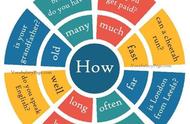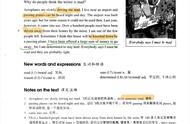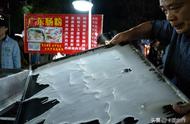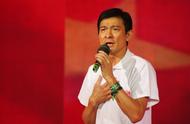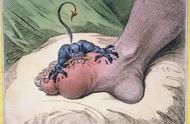被动语态是动词的一种形式,用以表示主语和谓语之间的关系。当主语是谓语动作的执行者,则为主动语态;当主语是谓语动作的承受者,则为被动语态。
例如:
They asked the visitors not to touch the exhibits.
The visitors were asked not to touch the exhibits.
一、被动语态的构成
被动语态由助动词be 过去分词构成,时态通过be表现出来。如:一般过去时的被动语态:was / were 过去分词。
例:Many trees were planted on the hill yesterday.
现在进行时的被动语态:am/is/are being 过去分词。
例:A new teaching building is being built in our school.
注:含情态动词的被动语态:情态动词 be 过去分词。
例: Your homework must be handed in now.
二、使用被动语态时的注意事项1.“get 过去分词”也可以表示被动语态,其中get与be一样起助动词作用。该结构一般用来谈论主语遭受到的变化或不好的事件。
例如:
Unlike humans, they never get lost and can always find their way back.
2.动词带有双宾语的主动结构在变为被动结构时,可以把其中的一个宾语变为主语,另一宾语仍然保留在谓语后面。通常变为主语的是间接宾语。
例如:
His mother gave him a present for his birthday.
→ He was given a present by his mother for his birthday.
(也可改为A present was given to him by his mother for his birthday.)
3.当“动词 宾语 宾语补足语”结构变为被动结构时,将宾语变为被动结构中的主语,其余不动。
例如:
Someone caught the boy smoking a cigarette in the classroom.
→ The boy was caught smoking a cigarette in the classroom.
4.在使役动词have, make, let以及感官动词see, watch, notice, hear, feel, observe等后面用不定式作宾语补足语时,在主动结构中不定式to通常省略,但变为被动结构时,要加to。
例如:
Someone saw a stranger walk into the building.
→ A stranger was seen to walk into the building.
5.有些由“动词+介词”、“动词+副词”构成的动词词组,也可以用于被动结构,但要把它们看作一个整体,不能分开,其中的介词或副词也不能省略。
例如:
Engineers can see how it works and make changes before construction is carried out.
6.一些表示“据说”或“相信”的动词如believe, consider, expect, hope, know, report, say, suggest, suppose, think等可以用于句型“It+be动词+过去分词+that从句”或“主语+be动词+过去分词+to do sth.”。
例如:
Since it is believed that strong smells can affect the senses, volunteers were required not to eat or drink for eight hours before the experiment.
Loulan is believed to have been gradually covered over by sandstorms from AD 200 to AD 400.
三、谓语动词的主动形式表示被动意义1. 英语中有很多动词如 break, clean, lock, open, sell, read, wash等,当它们用来描述主语(某一事物)的特性时,常用其主动形式表达被动意义,此时主语通常是物。
例如:
This kind of cloth washes easily. It is popular with young ladies, so it sells well.
值得注意的是,主动形式表被动意义强调的是主语的特征,而被动语态则强调外界作用造成的影响。
试比较:
The door won’t lock.(门本身有毛病)
The door won’t be locked. (不会有人来锁门, 指“门没有锁”是人为原因)
2. 连系动词没有被动形式, 但有些表示感受或感官的连系动词(如feel, sound, taste, look, smell等)常以主动形式表示被动意义。
例如:
I can’t see your face, but you sound young. How old are you?
3. 动词want,need,require之后的动词和句子的主语是逻辑动宾关系时,常用v-ing的主动形式表被动意义。
例如:
The table needs repairing. (The table needs to be repaired)
,



